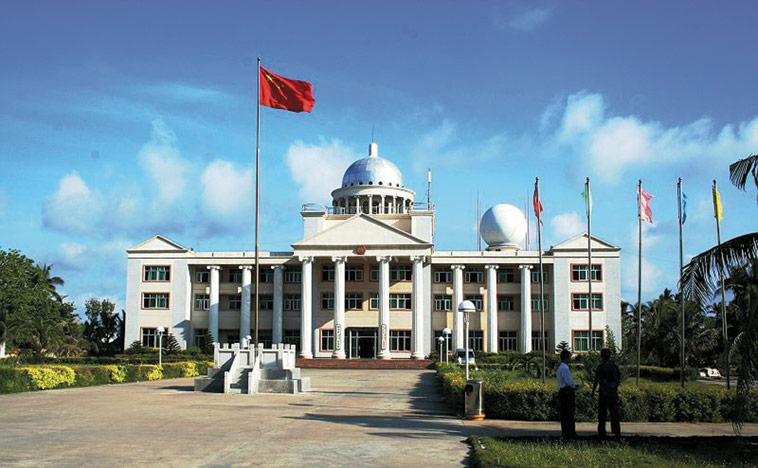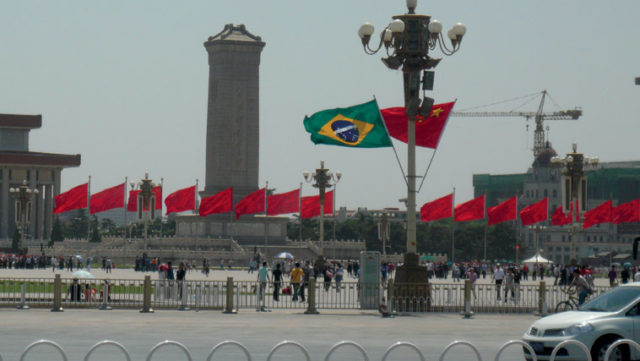
Is rising China becoming ‘civilised’ or is it becoming a civilising force? Analysts of Chinese foreign policy have long grappled with this question. During the mid-1990s, for instance, the American analyst Denny Roy described China as a ‘hegemon on the horizon’, a rising power bent on dominating the Asia-Pacific over the longer term — through the use of force if necessary. By contrast, a more optimistic analysis by Princeton academic G. John Ikenberry in 2008 suggested that China could be ‘civilised’ and effectively incorporated into the Western-led liberal order. The larger debate is unresolved, and may remain so for years, perhaps even decades to come. Acknowledging the enormity of the task, this chapter seeks to shed additional light on the question by examining what we judge to be the five major foreign policy issues that China faced in the 2012–2013 period.
Will China Divide ASEAN?
In late 2011, a chorus of international commentators rushed to the conclusion that a rising China could be ‘civilised’ by its participation in Asia’s burgeoning multilateral institutions. The cause for their optimism was the East Asia Summit (EAS), held in November of that year. At this meeting, Southeast Asian nations — with strong backing from a first-time EAS attendee, US President Barack Obama — convinced Chinese Premier Wen Jiabao to sit down with them to discuss the South China Sea and general maritime security issues.
The 2012–2013 period covered in this Yearbook commenced quite differently. A July 2012 ASEAN Ministerial Meeting in Phnom Penh failed for the first time in the organisation’s forty-five-year history to deliver a communiqué at the end of its proceedings. Tensions reportedly revolved around the fact that Manila wanted the South China Sea, and, in particular, the standoff between Chinese and Philippines vessels at Scarborough Shoal in March 2012, explicitly mentioned in the communiqué. The Cambodian chair allegedly opposed the inclusion.
Many commentators attributed this outcome and the splintering of the ASEAN consensus to Chinese influence, suggesting that Cambodia had been swayed by the estimated US$2.5 billion in investments and ‘soft loans’ provided to it by China. In the words of Stanford University academic Don Emmerson: ‘what happened in Phnom Penh evokes divide et impera with Chinese characteristics — divide ASEAN and rule the waves’. Emmerson’s observation here refers to Beijing’s preferred bilateral approach — as opposed to ASEAN’s favoured multilateral path — to addressing the South China Sea disputes. An analyst from the influential China Institutes of Contemporary International Relations (CICIR) concurred with Emmerson, observing that ‘we coordinated very well with Cambodia in that case and … prevented an incident which would have been detrimental to China’. Ernest Bower of the Washington-based Center for Strategic and International Studies goes one step further, arguing that the significance of this episode lies in what it reveals about Beijing’s longer term intentions and aspirations. In his view, ‘what happened in Phnom Penh is a critical piece to answering questions about what China wants and what China wants to be’.
China’s use of the economic instruments of statecraft is not new. A new database launched by US researchers in April 2013, for example, revealed that China has committed US$75 billion in foreign aid and developmental assistance to Africa over the last decade, allegedly with a view to making economic and political inroads on that continent. In Asia, throughout the ongoing North Korean nuclear crisis — which started over two decades ago — Beijing is rumoured to have used a combination of economic carrots and sticks to pressure Pyongyang back to the negotiating table. Similarly, following the diplomatic crisis sparked by the collision of a Chinese fishing trawler and a Japanese Coast Guard vessel in September 2010, Beijing reportedly cut off exports of rare earth elements to Japan. What differed in the case of the Phnom Penh episode, however, was the less discreet application of the economic instrument. Tighter restrictions imposed by China against the import of fruit from the Philippines at the height of the Scarborough Shoal standoff point toward a similar trend.
Opinion differs over why China’s foreign policy approach has exhibited, in Hugh White’s terms, this increasingly ‘ruthless’ character — as epitomised in the Phnom Penh episode. Some analysts, such as White, see this as a sign of China’s growing confidence and diplomatic influence in Asia and the Pacific. For others, however, Beijing’s continued reliance on the economic instruments of statecraft reflects an acute consciousness of its inability to mount any meaningful military challenge to US military power in this part of the world. It also illustrates a difference in China’s foreign policy and strategic approach more generally. As the prominent Tsinghua University professor Yan Xuetong observes:
… the rivalry between the Soviet Union and the United States was like a boxing match. They tried to knock each other down to the point of death. But China and the United States try to win a game by scoring points. They try to win with smartness, strength and good strategy. There will be no major violence.

Slogan on the façade of a building reading ‘Diaoyu Islands belong to China’.
Source: Wikimedia Commons
Another Sino-Japanese War?
Tensions with Japan resurfaced during the 2012–2013 period that were arguably more serious than those resulting from the aforementioned fishing boat collision. Analysts speculated about the prospects for armed conflict between China and Japan. Writing in the prominent American journal Foreign Policy, then Foreign Minister Kevin Rudd and China savant described maritime tensions in the East China Sea between these two historically great powers of Asia as akin to a ‘tinderbox on water’. Rudd likened the situation to that in Europe prior to the onset of the First World War. Michael Auslin, an analyst from the conservative American Enterprise Institute agrees, suggesting that ‘the two seem to be moving themselves into a corner from which it will be very difficult to escape … Asia could face its greatest crisis since World War II’.
Tensions between Beijing and Tokyo resurfaced in September 2012, following news that the Japanese government intended to purchase three of the disputed Senkaku/Diaoyu Islands from their private Japanese owner. From Japan’s perspective, this step was intended as a stabilising move designed to prevent the notoriously nationalistic and anti-Chinese governor of Tokyo, Ishihara Shintaro¯, from acquiring them. However, China did not read the gesture this way. The news sparked boycotts of Japanese imports and the eruption of large-scale anti-Japanese protests in approximately one hundred Chinese cities.
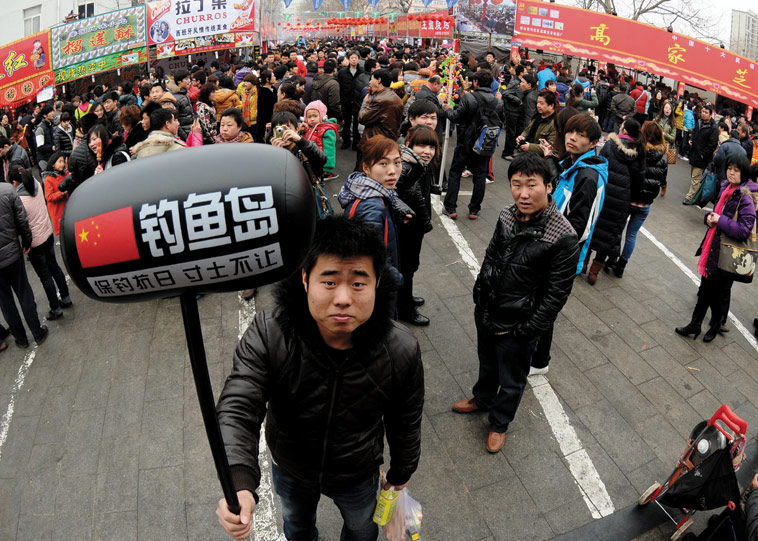
A man holding an inflatable sign declaring that the Diaoyu Islands are Chinese sovereign territory, location unknown.
Source: ImagineChina
Unlike in the South China Sea, tensions between Beijing and Tokyo rapidly assumed a military dimension. Numerous naval ‘face offs’ occurred, at first involving Chinese fishing boats, maritime surveillance vessels and the Japanese Coast Guard. Before long, a Chinese maritime patrol aircraft penetrated Japanese airspace near the disputed islands for the first time since 1958. Japan responded by scrambling F-15 fighter aircraft. Beijing subsequently reacted by deploying two of its own J-10 fighters to ‘monitor these aircraft’. Analysts immediately began talking up the prospects for a replay of the April 2001 EP-3 incident — which sparked a protracted diplomatic crisis between Beijing and Washington after a US EP-3 reconnaissance plane and a Chinese F-8 fighter collided in international airspace over the South China Sea — and feared that Beijing and Tokyo did not have the diplomatic machinery in place to navigate such a crisis successfully.
Tensions deepened in January 2013, when Japan alleged that Chinese vessels had locked fire-control radar — a step preceding the firing of a missile — onto a Japanese destroyer and ship-based helicopter in two separate incidents. It was unclear whether these incidents were part of a deliberate Chinese strategy or whether they reflected a lack of government co-ordination and had been initiated by lower-level officers. In a widely cited report published under the auspices of the Lowy Institute for International Policy, seasoned China-watcher Linda Jakobsen argued that Sino-Japanese tensions over islands in the East China Sea were dangerous precisely because domestic politics had distracted China’s leaders, leaving open the potential for dangerous miscalculations to occur. Reports in February 2013 indicated that China’s approach to the Diaoyu Islands alleviated these concerns somewhat.
Complicating this situation is the potential involvement of Taiwan — an equally flammable subject from Beijing’s perspective, notwithstanding the diplomatic truce that has largely remained in place since Ma Ying-Jeou’s election as President of Taiwan in March 2008. In January 2013, a Japanese Coast Guard vessel fired water cannons at a Taiwanese boat carrying activists intending to land on the Senkaku/Diaoyu Islands. In a similar episode involving the Philippines, another US ally, a diplomatic crisis erupted in May 2013 after a Taiwanese fisherman was shot dead by a Philippine law enforcement vessel in the disputed waters of the South China Sea.
Responding to the ‘US Pivot’?
Sino–Japanese frictions in the 2012–2013 period shined light on broader questions regarding the sustainability of the so-called US ‘pivot’ to Asia (the ‘pivot’ is a prominent foreign policy initiative, begun during the first term of the Obama administration, that involves a strategic ‘rebalancing’ of US attention away from Europe and the Middle East and towards East Asia). Most of the groundwork for this strategy was laid during the preceding twelve months. This included President Obama’s November 2011 announcement in the Australian capital, Canberra, that up to 2,500 US marines would be rotated through facilities in the north of Australia, and Secretary of Defense Leon Panetta’s statement at the June 2012 Shangri-la Dialogue in Singapore that the US would increase its naval presence in the Asia-Pacific.
International attention during 2011–2012 focused on these developments. Notwithstanding American denials to the contrary, many observers interpreted them as a direct response to rising China’s growing assertiveness, discussed in the 2012 Yearbook. A major preoccupation of strategic commentators in 2012–2013 has been Beijing’s response to the US pivot strategy. In July 2012, when China established the new city of Sansha in disputed waters of the South China Sea, for instance, Robert Manning of the Atlantic Council described this development as ‘Beijing’s Pivot’. Similarly, in November 2012, when China, Japan and South Korea agreed that they would be initiating trilateral Free Trade Agreement (FTA) negotiations, some commentators read this as Beijing’s response to the Trans-Pacific Partnership that many Chinese analysts regard as the economic centrepiece of Washington’s rebalancing strategy. An article published in the Global Times at the conclusion of the first round of FTA talks in March 2013 observed that: ‘The TPP pact is seen as the US reasserting its influence in the region to counter China’s rising economic and political power’.
Responses such as these on the part of Beijing prompted some analysts to question the prudence of the US pivot strategy, with some going so far as to suggest that it has sparked a new and deepening Cold War between the US and China. Most famously, the Harvard and Boston College professor Robert Ross wrote in Foreign Affairs that:
… if Washington continues on its current path, Chinese resistance to US policies will inevitably increase, preventing bilateral cooperation on crucial issues from trade to global economic stability. The outbreak of hostilities in the region will become a real possibility, as China pushes back against the United States’ growing presence on its borders.
Fudan University professor Wu Xinbo agrees, observing that: ‘To some extent, it was the US pivot that caused China to give even higher priority and devote more resources to the region’. An annual report published (in Chinese) under the auspices of the Chinese Academy of Social Sciences, concludes with the observation that Beijing shouldn’t underestimate the capacity of the US to sustain its re-engagement in the region.
Overall, these developments certainly suggest the emergence of an action–reaction dynamic in the Sino–US relationship. As Lanxin Xiang suggests in the International Institute for Strategic Studies (IISS) journal Survival: ‘Obama’s “pivot” has merely produced a classic vicious cycle, where each side continuously misreads the other’s strategic mind, offering something the other side does not want … or asking for something the other side cannot give’. This strongly suggests — in line with what Jakobsen and others have already argued — that Chinese foreign policy is predominantly reactive, not informed by any kind of larger grand design. It also supports the mounting speculation that the US pivot is increasingly unsustainable and could, ironically, have important and potentially positive ramifications for Sino–US relations.
Xi Jinping’s Foreign Policy
The re-election of President Obama occurred around the same time as China’s leadership transition. Addressing an IISS gathering in December 2012, Kevin Rudd made the case that the coincidence ‘presents a unique opportunity for the US and China to forge a new strategic roadmap capable of guiding us through many of the shoals that lie ahead for all of us’.
China’s once-in-a-decade leadership transition unfolded over a matter of months and against the backdrop of the Bo Xilai scandal (discussed elsewhere in this Yearbook). The groundwork for the transition was laid approximately five years earlier, when now President Xi Jinping and Premier Li Keqiang were elected to the Politburo Standing Committee, China’s paramount leadership body. It formally commenced in November 2012 when the Eighteenth National Congress of the Chinese Communist Party elected a new 205-person Central Committee, as well as a twenty-five-person Politburo and seven-member Standing Committee. Almost immediately following the Party Congress, Xi Jinping was named Head of the Central Military Commission. The instantaneous nature of Xi’s appointment contrasts significantly with that of his predecessor, Hu Jintao, who had to wait two years after becoming president to take formal command of the armed forces. In March 2013, Xi and Li became China’s president and premier respectively, completing the transition.
There have been hints that Xi Jinping’s foreign policy will follow an even harder-line patriotic or nationalistic trajectory than that which began with China’s so-called ‘assertive diplomacy’ in 2009. During a visit to the US before becoming president, for instance, Xi Jinping notably dispensed with the usual statements of ‘strengthening strategic trust’ and ‘smoothing over differences’ as key objectives in Sino–US relations. Instead, he introduced the phrase ‘control[ling] and manag[ing] any differences’. The respected China watcher David Shambaugh notes that, since becoming President, Xi has visited numerous military facilities. Embracing the rhetoric of a ‘strong nation and strong military’ mentality, he has called upon the People’s Liberation Army (PLA) to be prepared ‘to fight and win wars’. Consistent with this, Tsinghua’s Yan Xuetong predicts that ‘the first priority will be to put strategic interests ahead of economic interests. Second, the administration will emphasise active involvement in international affairs and issues, rather than try to keep a distance from conflicts that are not directly related to China’.
Yet there is strong reason to believe there will be more continuity than change in Chinese foreign policy, at least during Xi’s initial five-year term. This is due to the influence of the formidable domestic and external constraints he faces. Internally, for instance, widespread anti-Japanese sentiment prevents China’s new leaders from deviating too far from their currenthardline stance towards Tokyo. As Fudan University professor Ren Xiao puts it: ‘when ordinary people with strong views on the Diaoyu issue are angry, no leader dares to be seen as “soft” toward Japan’. Externally, even as strategic distrust between China and the US intensifies, Beijing, like Washington, remains constrained by the high degree of their trade and financial interdependence. Speaking to a press conference at the Pacific Islands Forum in September 2012, for instance, Chinese Vice Foreign Minister Cui Tiankai explicitly rejected suggestions that China is intent upon competing with the US in the South Pacific. The regional backlash in 2012–2013 from Japan, the Philippines, Vietnam and other Asian countries in response to Beijing’s approach to territorial disputes and military modernisation might be seen as a further external constraint upon Chinese foreign policy.
A Charm Offensive
By the middle of 2013, there were indications that China’s leaders were increasingly aware of the severe diplomatic damage caused by its assertive posture of recent years. Beijing may be on the cusp of initiating a new ‘charm offensive’. Two examples support this hypothesis.
China has traditionally backed its longstanding North Korean ally in times of crisis, such as in the wake of the March 2010 Cheonan sinking where Beijing stridently opposed joint US–South Korean military exercises in waters adjacent to China. But there are signs that relations between Pyongyang and Beijing are fraying as the latter’s patience wears thin in the face of the constant provocations from the North. Speaking at the opening ceremony of the Boao Forum for Asia in April 2013, Xi Jinping asserted in a statement widely interpreted as being directed at Pyongyang that ‘no one should be allowed to throw a region and even the whole world into chaos for selfish gains’. Similarly, following North Korea’s third nuclear test in February 2013, China supported a fresh set of United Nations sanctions (UN Security Council Resolution 2094) designed to punish Pyongyang. Of particular interest, according to statements issued by South Korean officials, Beijing has been performing uncharacteristically well in ensuring that these measures are implemented at the local government level.
A second example is the new ‘strategic partnership’ with China announced by then Australian Prime Minister, Julia Gillard in April 2013. Beijing reportedly offered a similar deal to Canberra during the tenure of the Howard government, which refused it. The partnership was allegedly prompted by a letter from Gillard to Xi in 2012 and followed up with a visit from her envoy, then Secretary of the Department of Foreign Affairs and Trade, Dennis Richardson. Gillard subsequently called Xi in the month prior to her visit. The agreement will see Australia’s Prime Minister meet annually with the Chinese Premier, as well as separate annual dialogues between the two country’s Foreign Ministers and Treasurers and ‘working level’ talks between the Australian Department of Defence and the People’s Liberation Army addressing regional security issues.
However, there are, inevitably, many sides to every China story. Among the commentators who don’t believe that such developments indicate any significant shift in Chinese foreign policy is Rowan Callick, the highly regarded Asia-Pacific editor of The Australian and the author of Party Time: Who Runs China and How (2013). Callick sees the ‘strategic partnership’ as nothing more than a Machiavellian ploy on Beijing’s part to draw Canberra away from its longstanding strategic ally, the US. In his terms, ‘this is a long-term strategy, which is easier for China’s new leaders, who anticipate a ten-year term ahead, to conceive than the Australian government’. Similarly, sceptical analysts regard Beijing’s current distance from North Korea as nothing more than a temporary, tactical gesture designed to rein in Pyongyang while deflecting American calls for Beijing to exert more forceful economic leverage against the North. From this perspective, North Korea’s strategic importance as a buffer against American encirclement of China makes Pyongyang too precious for Beijing to consider abandoning — no matter how much of a liability it becomes.
China 2013: Civilised or Civiliser?
This chapter suggests that efforts by other powers to ‘civilise’ China’s foreign relations have largely failed. Indeed, a strong case can be made that they have proven counter-productive. ASEAN attempts to ‘civilise’ Chinese foreign policy through the use of multilateral mechanisms, for example, have arguably prompted Beijing to make a concerted and largely successful effort to undermine that body. It could also be argued that the US pivot has produced a similar backlash from Beijing. Given that China has regarded itself as the very pinnacle of ‘civilisation’ for most of its 2,000-plus year history, this outcome should not be surprising.
At the same time, there’s little evidence to support the proposition that China is emerging as a civilising force on the global stage. Its priorities remain focused quite close to home. As Yuan Peng of CICIR has observed:
In reality, China is not currently facing its greatest challenges, these challenges will arise in the next 5–10 years. These challenges will not come from the international scene or the Asian region, but instead will come from within; there will be a pressing need for internal reform or rectification of our social system. Real danger will not come from military confrontation or conflict, but instead will stem from the realms of the financial sector, society, the Internet and foreign affairs.
Evidence suggests that China remains quite a fragmented actor that is struggling to ‘civilise’ elements of its own foreign and national security machinery — particularly the military.
Internal Chinese debates on this subject have been lively. One concept being debated and discussed in intellectual circles is that of Tianxia — which translates literally as ‘All-Under-Heaven’ and has historically been used to connote both the country under the rule of a particular leader or power structure and the world at large. Developed by the philosopher Zhao Tingyang, and inspired by the model of the Zhou dynasty (1100–256 BC, traditionally considered an ideal polity), Tianxia theory discussed in the Introduction of this Yearbook and in the following Forum, envisages a completely new, more inclusive vision of global order that champions ‘the world’ as opposed to the ‘nation state’ as the central unit of global politics.
Without associating himself with Zhao’s work, Tsinghua’s Yan Xuetong reinforces the view that foreign policy in China is a highly contested issue:
Western countries wonder what kind of leadership China is going to provide. Actually, this is very strange for a Chinese policy maker: ‘wait a minute, our policy is that we won’t provide any leadership … . The question is: should China offer international norms? Should China take on international responsibility? Should China become the leader? Should China become a superpower? Before we discuss how we go about leading we must answer these questions.
In the final analysis, the 2012–2013 period has raised more questions that it has answered regarding China’s foreign policy approach and larger global role. Yan Xuetong’s observation suggests we could well be living with this reality for some time yet.
